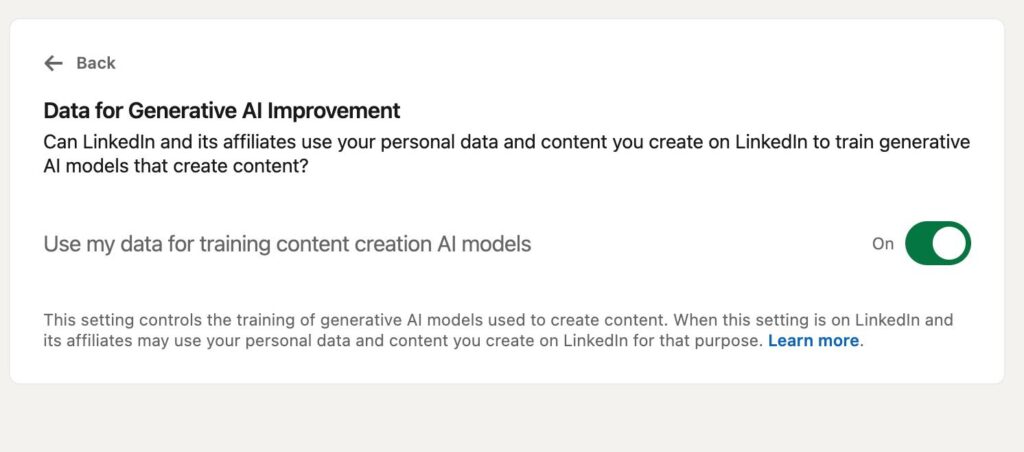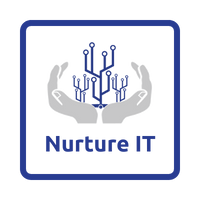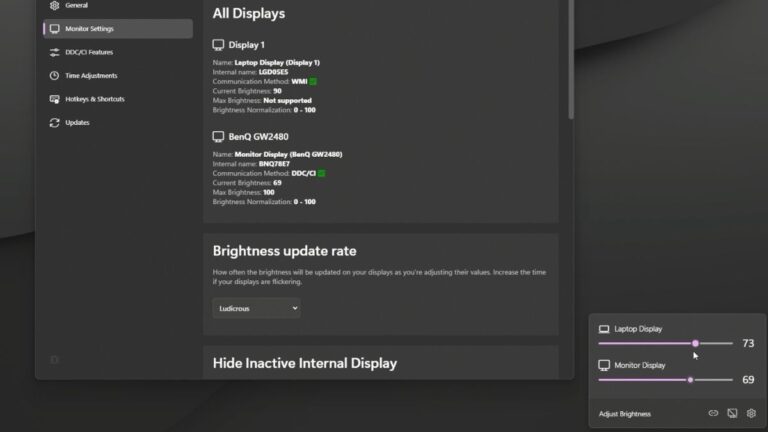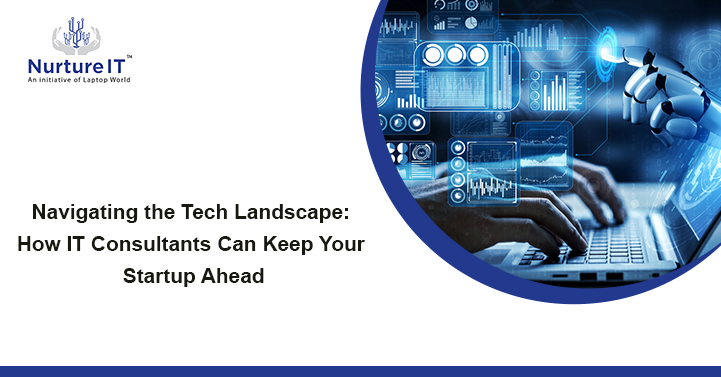How to Stop LinkedIn Scraping Your Data?
In today’s hyper connected world, data privacy is more important than ever. With companies using personal data for AI and machine learning, the need to secure your personal information has grown significantly. One of the latest companies to join the data-scraping trend is LinkedIn.

If you’re concerned about how LinkedIn scraping your data might affect you, read on for some essential tips.
The Rising Concern of Data Scraping
In a recent revelation, it came to light that LinkedIn and “its affiliates” are using your profile data, posts, and other content to train their AI models. This practice, while common across tech companies, can leave your information vulnerable to being misused. LinkedIn scraping your data can involve everything from public posts to more private details that you’ve shared on your profile, ultimately powering various AI features on the platform.

Why Does Data Privacy Matter?
Your LinkedIn data privacy is crucial because personal information can easily be used or manipulated for targeted ads, AI research, or even worse—misused by malicious entities. With data being the new oil, tech companies, including LinkedIn (owned by Microsoft), are constantly finding ways to collect and monetize it. This makes securing your LinkedIn profile a must. It’s not just about stopping LinkedIn scraping your data but also about safeguarding your digital identity and minimizing your footprint online.
How LinkedIn Scraping Works
LinkedIn’s Terms and Conditions now include clauses that allow them to use the information you share to develop AI models, including for content generation. The company has also stated that it prohibits user-instigated bots, crawlers, and scripts from scraping its platform. However, their own AI models will continue to scrape and collect data from your activity unless you manually opt out.
Steps to Stop LinkedIn Scraping Your Data
Thankfully, LinkedIn scraping your data is something you can manage with a few tweaks to your privacy settings. Here’s how you can stop it:
- Go to Settings: Start by navigating to your LinkedIn settings on your profile.
- Data Privacy: Click on the “Data Privacy” tab to access options related to your personal information.
- Opt-Out from Generative AI: Scroll down to find the section labeled “Data for Generative AI Improvement” and disable it. This ensures that your data isn’t used for training AI models.

While these steps help reduce the risk, it’s important to stay vigilant about LinkedIn data privacy to ensure you’re not unknowingly sharing more information than intended.
Who’s Exempt?
Interestingly, users from the EU are automatically exempt from LinkedIn’s data scraping activities, thanks to stringent EU data protection laws like GDPR. The UK has also raised concerns, and LinkedIn has responded by halting scraping in the region. If you’re outside these regions, though, you’ll have to follow the steps mentioned above to prevent LinkedIn scraping your data.
Should You Share Personal Information Online?
In the era of LinkedIn scraping, it’s worth reconsidering how much personal information you share online. Whether it’s posting your job history or your latest work project, everything is valuable data. Avoid sharing too much personal data, like your phone number or home address, in your LinkedIn profile. Remember, once it’s out there, it’s tough to take it back.

What’s Next?
As data scraping becomes a growing concern, not just on LinkedIn but across all social media platforms, it’s crucial to understand your rights and options. With LinkedIn scraping your data, we may see increasing scrutiny from regulators and users alike. But until that happens, the power to protect your data lies in your hands. By following the steps above, you can reduce your exposure and maintain control over your digital identity.
Should We Get Paid for Our Data?
Given that LinkedIn scraping our data helps generate profit for companies, some argue that users should be compensated. If our profiles are used to develop AI models and generate revenue, shouldn’t we benefit as well? It’s a valid question in today’s data-driven economy.
Conclusion
As LinkedIn and other platforms continue to refine their AI tools using personal data, it’s important to be proactive about protecting your LinkedIn data privacy. By adjusting your settings, avoiding oversharing, and staying informed, you can take control of your online presence. For more LinkedIn security tips and tricks, make sure to check out our other articles on how to secure LinkedIn accounts and prevent data harvesting.
Take control, and protect your data today!
About Nurture IT
Nurture IT, one of the leading IT service providers in Bangalore offers customized scalable technology solutions specifically designed for our client’s unique needs. Our solutions accelerate growth, reduce costs, and enable collaboration. As a preferred partner to technology leaders like Microsoft and Cisco, we deploy the most advanced business technology solutions to ensure optimal reliability, productivity, and value.
Our B2B branch, Nurture IT, adeptly serves corporate and scaling-up demands. Conversely, for those not anticipating immediate growth, our Retail division – Laptop World caters to your specific needs. Make an informed choice aligned with your organizational trajectory and immediate necessities







